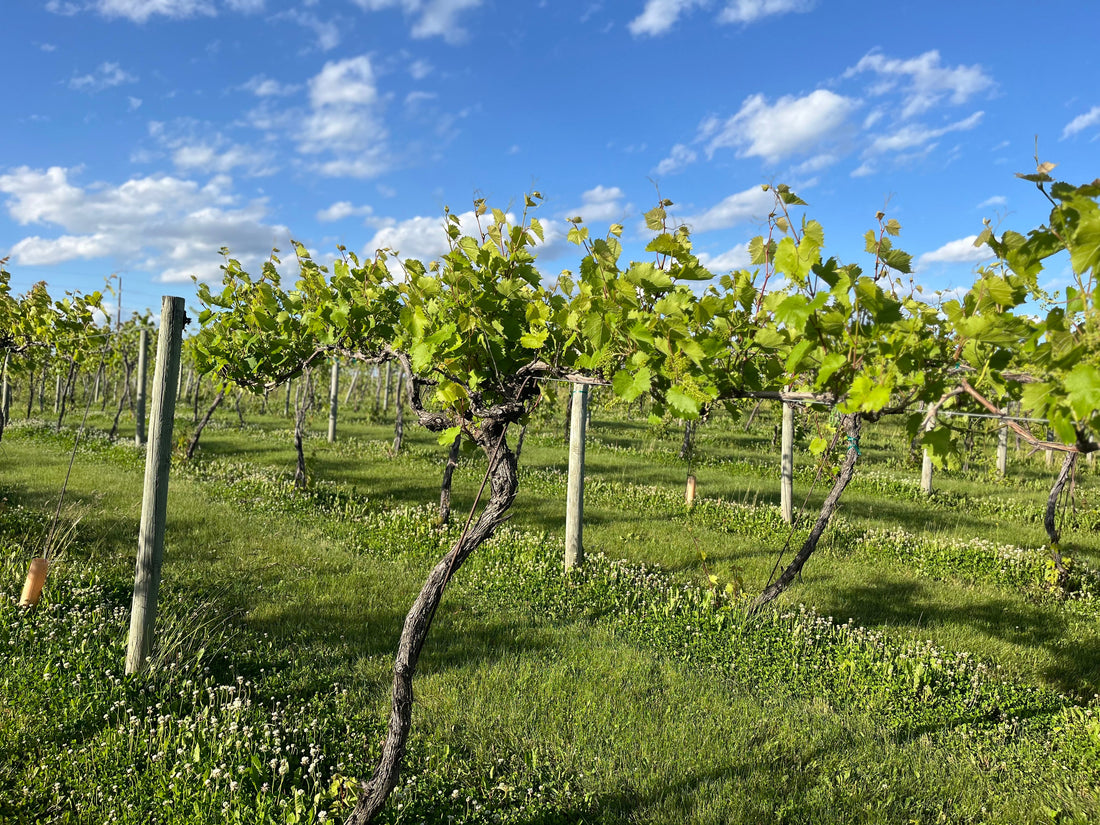
Terroir in Minnesota "A New Horizon for Viticulture"
Minnesota is a region that, until recently, was not on the wine map. However, advances in research and the development of new varieties have allowed this state to become a fertile ground for the production of unique wines. But what makes Minnesota special in terms of terroir?
Many agricultural decisions in the state depend on the soil and its characteristics. In southern-central Minnesota, fertile soils and a relatively favorable climate have enabled productive agriculture. However, soils vary widely across the state, which directly influences the quality and profile of the grapes grown.
The soils in Minnesota are classified into one of the 12 major soil units, seven of which are found in the state. These classifications largely depend on the climate and organisms present in the region. Some soils are more adapted to moisture retention, while others allow for more efficient drainage, which influences the health and development of the vines.
Among the most common soil types in Minnesota are Mollisols, rich in organic matter and highly fertile, and Alfisols, which have good water and nutrient retention capacity. However, some regions also feature Histosols, characterized by a high organic matter content, which can influence vine vigor and grape composition. Understanding the structure and composition of the soil is key to determining the type of amendments needed and the best management system for each vineyard.
Understanding the type of soil that viticulturists are working with is essential for making informed decisions about vineyard management. The fertility, drainage capacity, and mineral composition of the soil directly affect the quality of the grapes. In Minnesota, where the climate can be extreme, finding the right balance in soil management is crucial for obtaining fruit that results in expressive and well-structured wines.
Minnesota's climate poses a challenge for viticulture. With severe winters and short summers, management strategies must be precise and well-planned. Producers have adopted practices such as strategic pruning and the use of cover crops to protect the vines from frost and improve soil quality. Additionally, the choice of cold-resistant rootstocks is essential to ensure the survival of the plants.
Other key practices include using training systems such as high trellising, which helps maximize sun exposure during the growing months and reduce the risk of fungal diseases. Irrigation control is another critical aspect, as excess moisture in certain soils can lead to problems with excessive vigor and affect the sugar concentration in the grapes. Constant monitoring of the vineyard and the implementation of drainage systems when necessary are essential for maintaining the right balance in the plants.
Once harvested, Minnesota's grapes require a particular winemaking approach. Since the hybrid varieties developed for the cold climate may present acidity and tannin profiles that differ from traditional grapes, winemakers must adjust their fermentation and aging techniques to highlight their best attributes. The use of specific barrels and controlled maceration times helps balance flavors and create wines with a unique identity.
Fermentation at controlled temperatures is especially important to preserve the fruity aromas of these varieties. In some cases, malolactic fermentation is employed to soften acidity without losing freshness. Additionally, micro-oxygenation and the use of selected yeasts help balance tannins and improve the wine's structure. For white wines, fermentation in stainless steel is common to maintain the pure varietal expression, while some producers experiment with lees aging to add greater complexity and texture.
One of the greatest achievements in Minnesota viticulture has been the development of cold-hardy varieties such as Marquette, La Crescent, and Frontenac. These varieties have not only proven their adaptability but have also produced wines with interesting and high-quality sensory profiles. Thanks to these advances, Minnesota has managed to establish itself as an emerging wine region with great potential for growth.
Minnesota's terroir is a unique combination of diverse soils, an extreme climate, and agricultural and winemaking practices adapted to these conditions. As producers continue to explore and learn about the specifics of the soil and the most suitable varieties, viticulture in the state will continue to evolve, offering wines that are increasingly sophisticated and representative of this challenging yet promising land.
